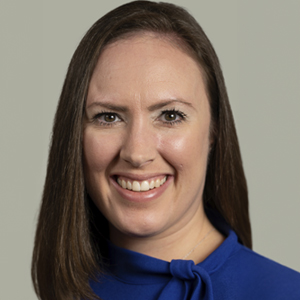If your local Target or Walgreens has a convenient walk-in medical clinic, are you more likely to drop in for help with a child’s ear infection—or not? Many people are voting with their feet, and insurance companies are happy about the trend.
In research recently published in the Journal of the American Medical Association (JAMA), scientists from Brigham and Women’s Hospital in Boston took a look at where people with private health insurance go for acute care. The results reveal a trend toward urgent care and retail medical centers—away from higher priced hospital emergency departments.
Using anonymized data pulled from health care plans from private insurer Aetna, researchers were able to analyze data from over 20 million acute-care visits in the US between January 1, 2008 and December 31, 2015. Study authors focused on individuals less than 65 years of age.
The results were not surprising and suggest the American public is looking for trusted, lower-cost, more convenient medical help for so-called “low acuity” care events. Low acuity events require medical assistance that is less intense such as conditions like rashes, respiratory or urinary tract infections, sprains, strains, minor lacerations, and other common complaints.
Findings of the study include:
- During the term of the study, there was a significant drop in emergency room visits and a corresponding increase in visits to urgent care centers. This emerging trend is expected to pick up speed as healthcare consumers come to trust alternative medical centers for urgent care.
- Use of retail medical clinics and telemedicine also increased during the study period.
- Treatment of low acuity complaints in emergency department dropped by 36 percent. Non-emergency centers saw an increase of 140 percent in consumers looking for low-acuity care.
- Costs for emergency room care for low acuity conditions has continued to rise.
Noted one study author, Dr. Sabrina Poon, “The drop-in emergency department visits are quite striking and represent a substantial shift in where patients go to get care for conditions such as, sore throat and minor injuries.”
Increase In Urgent Care Locations Hasn’t Usurped Emergency Departments
Despite increased use of urgent care facilities, emergency departments remain the venue of choice for the chronically ill and those with emergent, serious illness or injury. Alternative health care facilities and traditional emergency departments offer different experiences:
- Retail and urgent care medical treatment is often faster, more convenient, and less expensive. These centers are often staffed by doctors employed by third-party outsourcing vendors. Some emergency departments are staffed the same way.
- Emergency departments have deeper diagnostic and treatment capabilities. Alternative care facilities are intended for low acuity care.
- Alternative or retail medical care may provide needed medical service in locations where consumers can more easily visit. Easy access could also mean that dollars saved from expensive emergency room visits are used to over-visit local retail or urgent care centers when the visit is not really warranted—but available.
- Visits to urgent care centers or retail medical services can easily yield a recommendation to go to the hospital—increasing the overall cost and wait time until real medical care is received.
For urgent and retail health care to become a norm, the quality of medical care must equal the standard of care of a hospital setting. As a law firm that works daily with medical malpractice cases throughout the country—we’ll keep you posted.
Experienced legal representation when you suffer medical malpractice in Maryland or Washington, DC
If you are seriously injured due to a medical mistake like misdiagnosis or other poor medical treatment, the legal team at Schochor, Staton, Goldberg, and Cardea, P.A. can help. When you have questions, we offer straightforward answers and trusted legal care. Call 410-234-1000 or contact us today to schedule a free consultation today.













